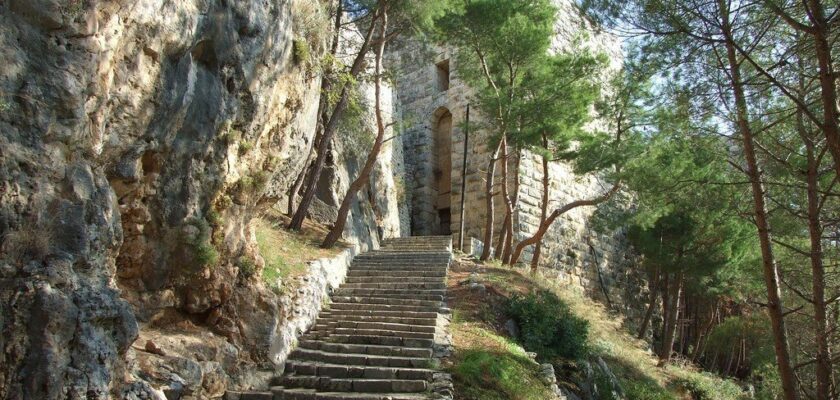Citadel of Salah Ed-Din
Citadel of Salah al-Din is an ancient fortification located in one of the most picturesque places in Syria, 30 km east of the Syrian port of Latakia. The castle has been known since the middle of the 10th century. It stands on a narrow mountain ridge and is surrounded by two deep ravines and forested slopes. The citadel was named after the 12th century Muslim leader, Sultan of Egypt and Syria Salah al-Din, who is better known as Saladin in Europe and Russia.
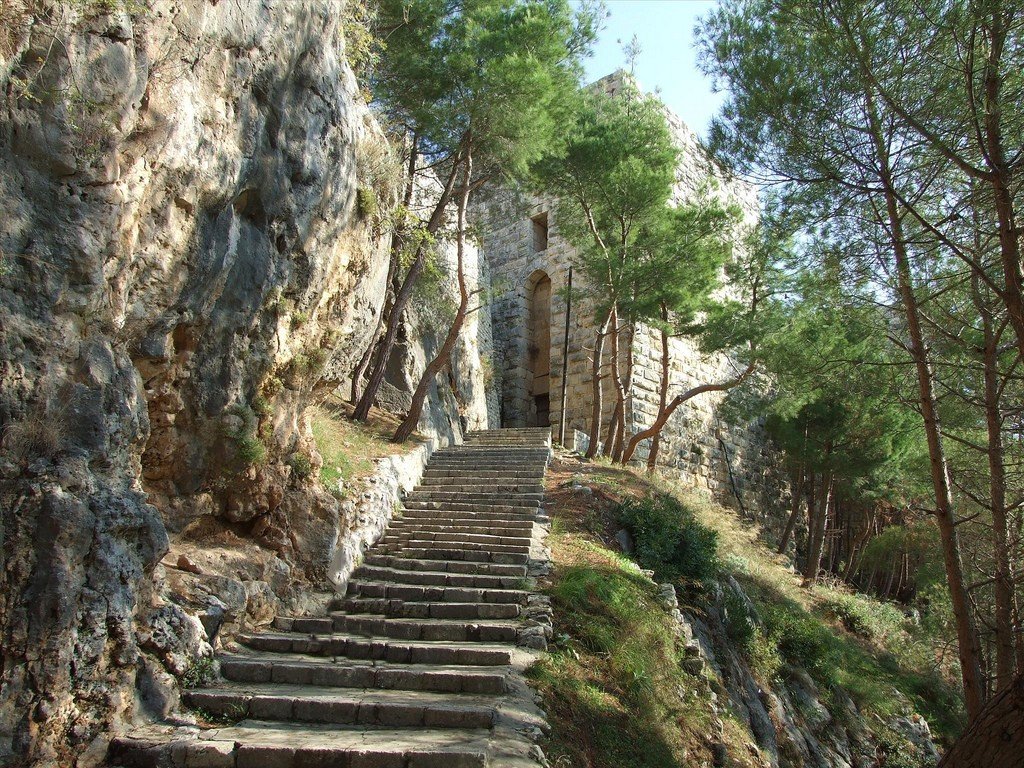
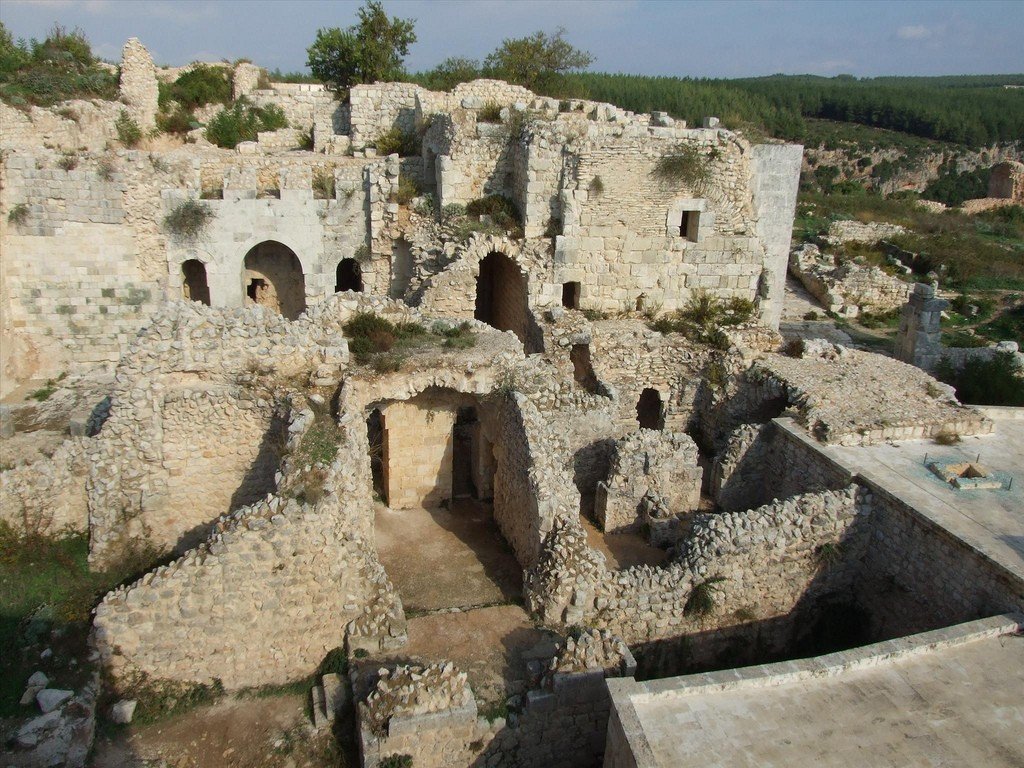
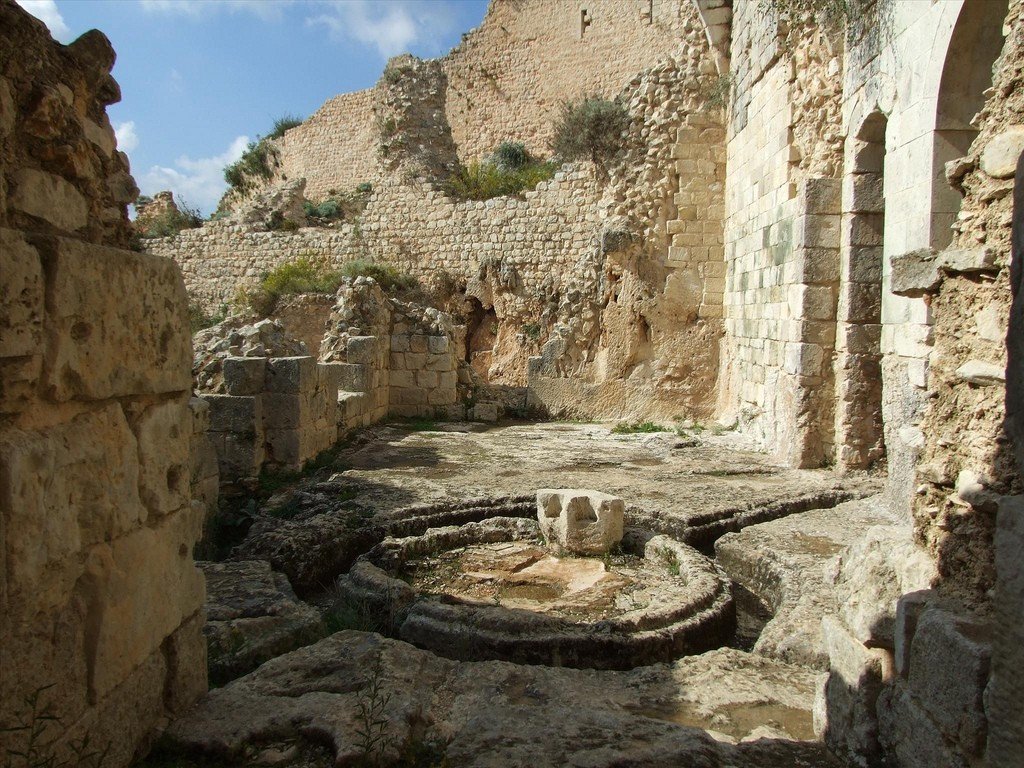
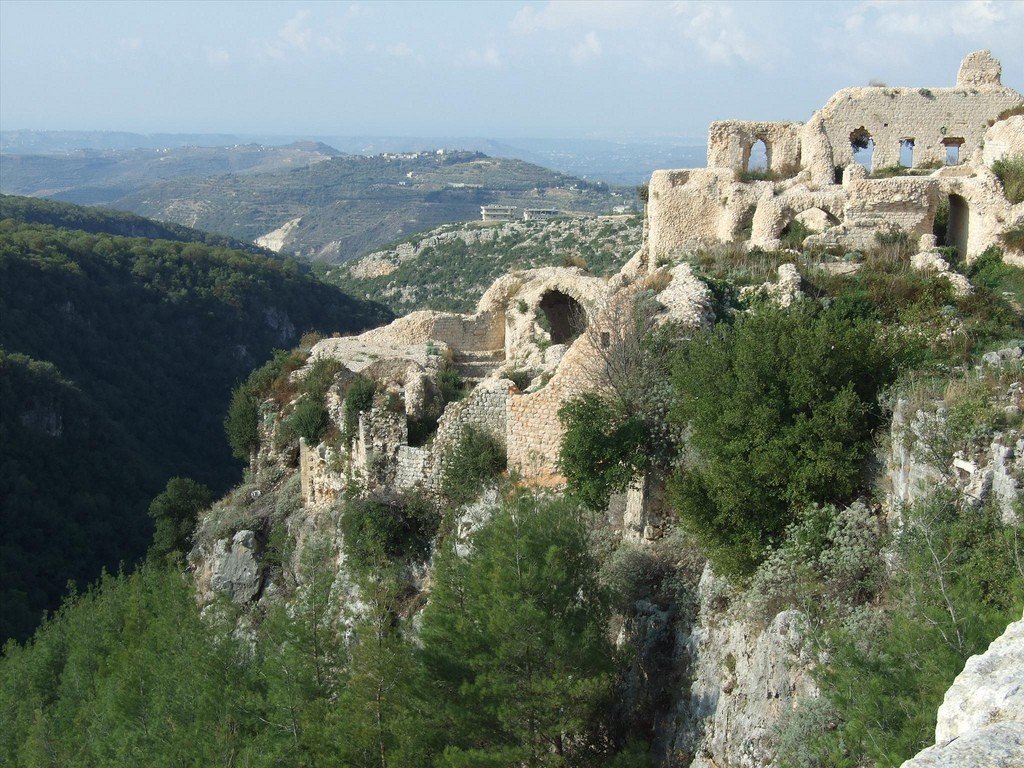
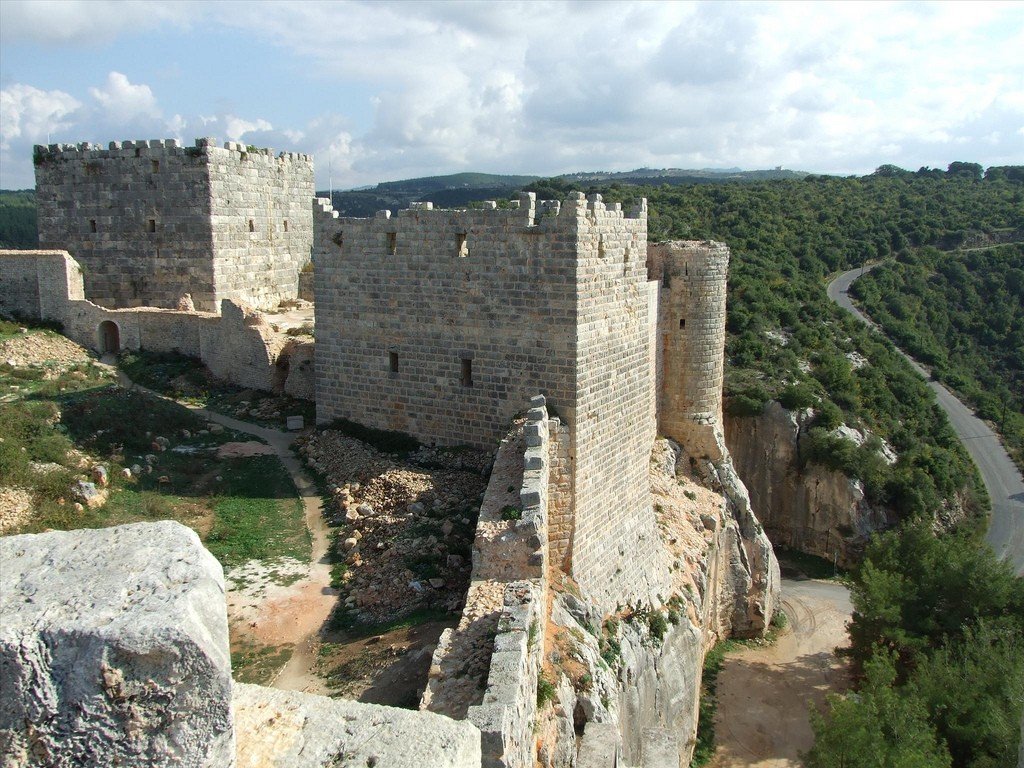
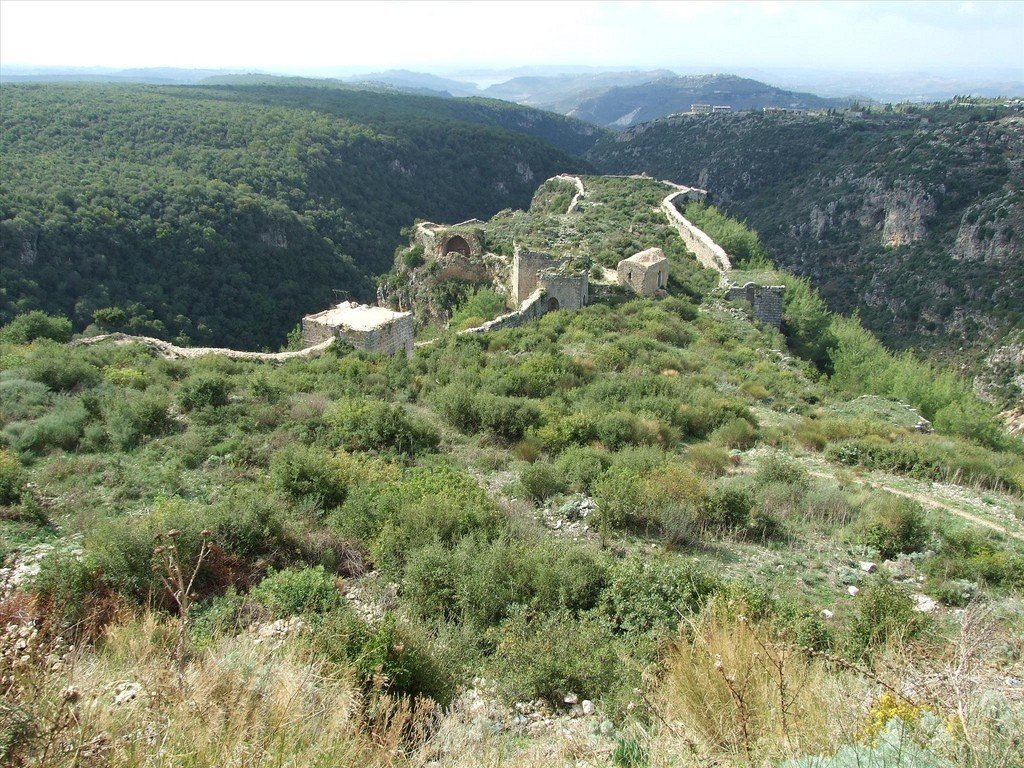
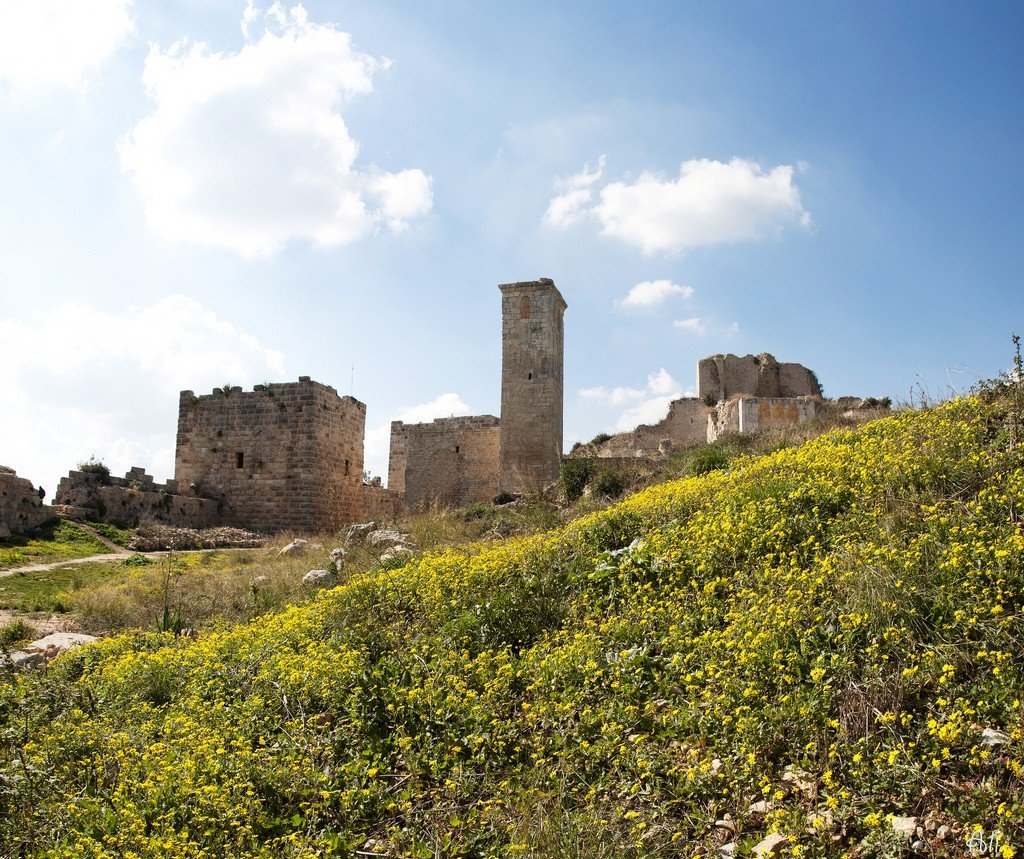
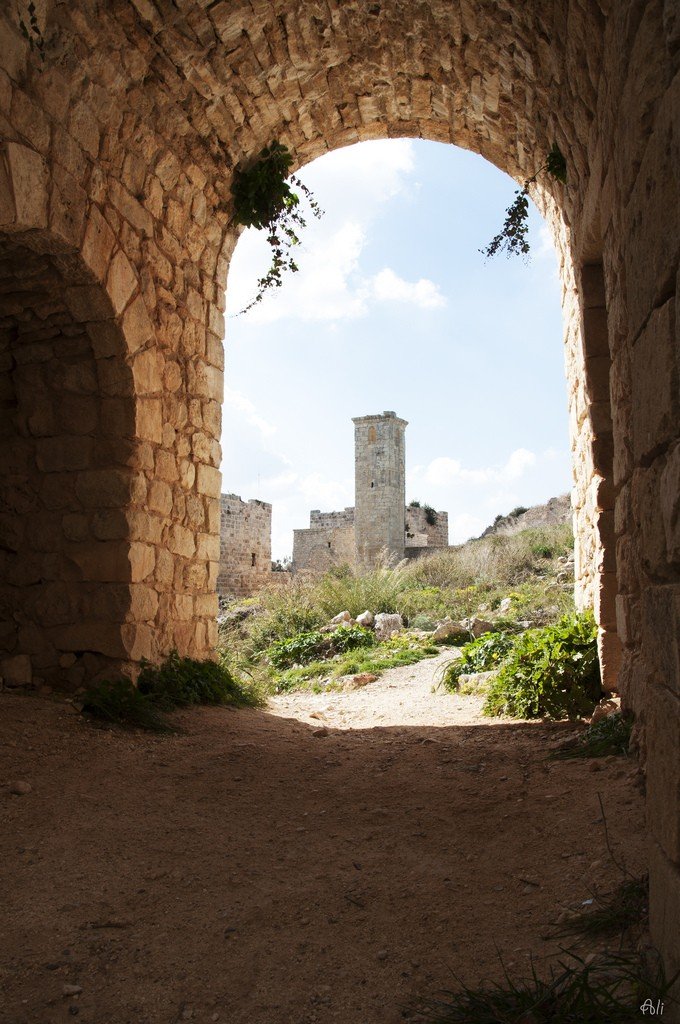
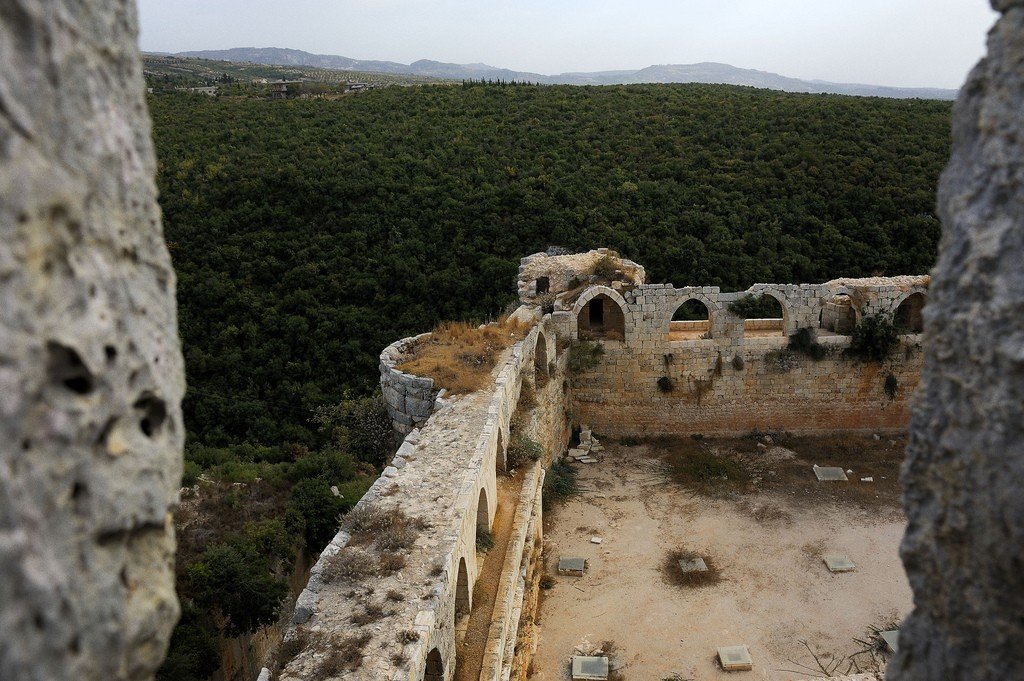
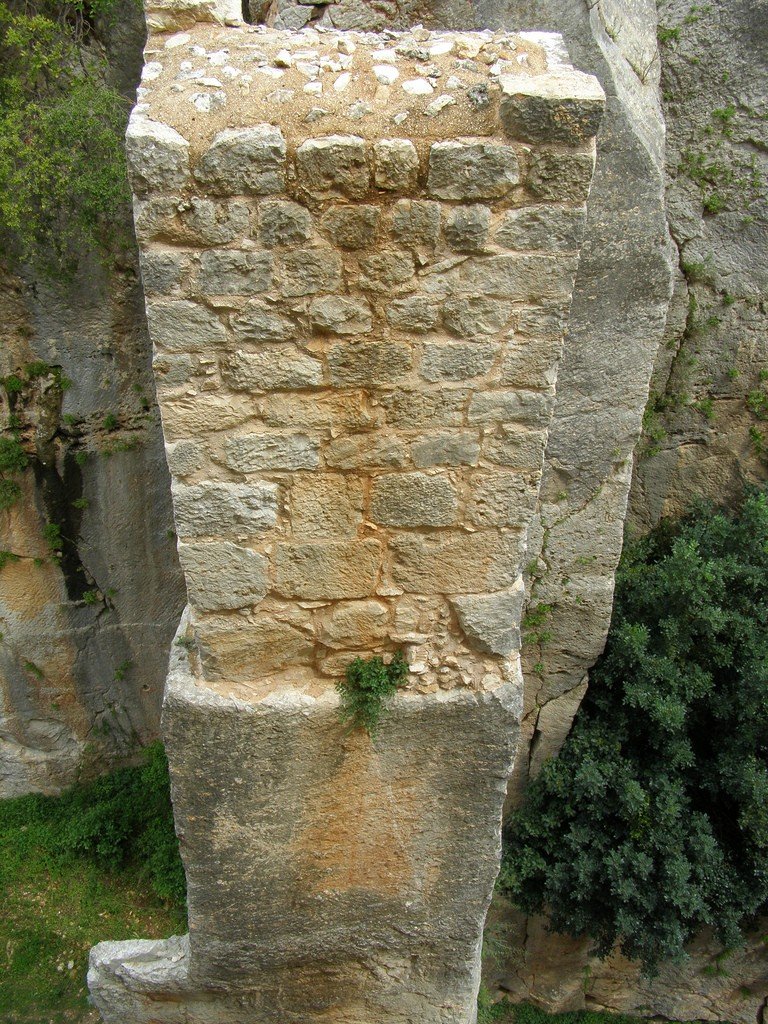
Highlights
Today, the fortress belongs to Syria. It is considered the best example of defense architecture on the territory of the country and has been included in the UNESCO World Heritage List since 2006. The ancient fortifications have survived to this day in a ruined state, so since 2013 they have been recognized as an architectural monument in danger of extinction.
.
For tourists, the citadel on the mountain is open all year round and can be accessed during daylight hours. The line of powerful fortress walls, round Byzantine towers and square Crusader fortifications have been preserved here. In the large courtyard stands the main tower, and just below it, in the second courtyard you can see the Byzantine chapel. In addition, the fortress contains a monolithic pillar that centuries ago supported a suspension bridge.
.Tourist buses and cabs cannot make their way to the plateau and remain waiting for travelers below, on the highway. To reach the citadel of Salah al-Din, tourists ascend on foot or along the serpentine on small local shuttle buses.
.
History of the Salah ad-Din Citadel
History has not preserved information about the first builders of the fort, but it is known for sure that in 975 it was captured by the troops of Byzantine Emperor John I Tzimiskes. Until 1108, the surrounding territory was controlled by the Byzantine Empire.
. Then the fortress fell into the hands of the Franks, who were led by the knight Robert of Saona. The fortifications became the property of the Principality of Antioch, one of the four states created in the lands of the Middle East as a result of the First Crusade. Thanks to the knights, the fortifications were extensively rebuilt and became the Castle of Saon. The Crusaders who settled there controlled the coast of Latakia and the long valley of the Orontes River. They wanted to make the strategically important fort more impregnable, and for this purpose they cut a third gorge to the east of the fortress. It was 30 meters deep, 156 meters long and 17 meters wide. On the southern side of the fortress, the knights built three massive towers from large stone blocks. In the inner part of the fortress, the crusaders built a Christian church, living quarters, stables and large stone cisterns that could hold large supplies of drinking water. The castle could only be accessed by passing over a suspension bridge.In 1188, Saladin’s large army came to the foothills of Latakia. The warlord undertook a three-day siege of the fort, which was considered impregnable, and under the powerful onslaught of his troops, the fort fell. The Muslim leader changed tradition and did not return the occupied fortifications to the Crusaders.
During his reign, a mosque with a minaret and a luxurious palace complex with courtyards, baths and iwanas were built in the fortress. In 1287, Salah al-Din’s citadel was subjected to another siege, and this time it was captured by the Mamluks. The Sultan of Qalaoun began to rule the surrounding lands, and the citadel became part of the province of Tripoli.
.How to get there
The citadel of Salah al-Din is located 7 kilometers east of the Syrian city of al-Khafan. The ancient fortress is most conveniently reached by cab. The highway Al Haffah Rd. passes next to it. From the international airport in Latakia to the fortress – 44.5 km, and from the railway station – 33 km.
.